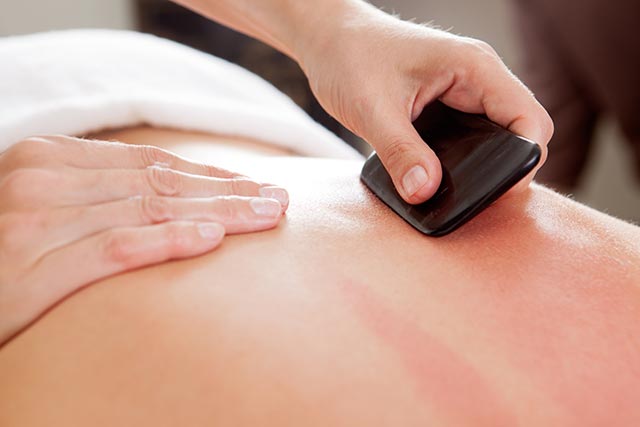Study: Spinal manipulation benefits 63% of lower-back pain sufferers after 6 weeks
09/06/2018 / By RJ Jhonson

A big study published in the JAMA Network Open offers major support for chiropractic care, providing proof that spinal manipulation provides greater relief for more than 60 percent of patients suffering from lower back pain.
The study compared the benefits of treating lower back pain using usual medical care (UMC) and a combination of UMC and spinal manipulation. It involved a total of 750 participants from three states, all of whom were serving in the military.
The researchers assigned the participants to either one of two groups: UMC alone (which entails the use of medication and physical therapy) or UMC plus spinal manipulation (this could also include other forms of chiropractic care, such as electric muscle stimulation, heat or cold therapy, and exercise recommendations).
After six weeks of treatment, 57.5 percent of patients reported improvements in pain levels compared to just 32.5 percent in the UMC group. Additionally, 62.6 percent of the patients in the UMC plus chiropractic care reported statistically significantly greater improvements in terms of lower back-related function compared to just 46.6 percent of patients in the other group.
These superior results were maintained six weeks after the treatment ended. None of the patients reported any adverse effect.
For years, chiropractic care providers have been accused of doling out unproven treatments. This study proves that chiropractic care is effective and that it could very well be a safer alternative to UMC because of its refusal to use chemical drugs with known side effects.
The dangers of using pain relievers
The American Chiropractic Association estimates that about 80 percent of the population experiences back pain at a certain point in their life. With the growing cost of medical treatment and apprehension over the side effects of chemical pain relievers, spinal manipulation is gaining greater ground among more Americans.
Non-steroidal anti-inflammatory drugs (NSAIDs) are among the most common types of medicine prescribed for lower back pain. NSAIDs include common over-the-counter medications like aspirin and ibuprofen. Although they have been prescribed to patients for years, these drugs are noted to have a wide variety of side effects even when used infrequently.
They can cause allergic reactions, especially among people with asthma. When taken by children with chickenpox or influenza, they may cause Reye’s syndrome, a rare – but fatal – liver condition.
Other common side effects of using NSAIDs include diarrhea, headache, and constipation. Older individuals are at a higher risk of developing any of the drugs’ worse adverse effects, which include damage to the liver and kidneys, ulcers, perforated intestines, and excessive bleeding after an injury. Heart attack risks also increase.
Natural ways of treating lower back pain
Apart from chiropractic care, there are safe and natural ways to relieve pain in the lower back. These include:
- Hot or cold therapy – Applying hot or cold packs is a popular home therapy for many types of body pain. Cold packs are best for numbing the pain and reducing inflammation, a common cause of back pain. Hot packs are great for stimulating blood flow and focusing the healing process on the affected area.
- Exercise – Physical activity relieves pain in several ways. It strengthens one’s core, which supports the spine. It also stretches the hamstrings which, unbeknownst to many, can contribute to discomfort in the lower back. For better results, it’s best to perform exercises that target either or both the core and the hamstrings. Finally, exercise facilitates the release of endorphins, the body’s own pain reliever chemicals, which provide a soothing effect against back pain.
- Sleep – Resting allows the body to recuperate from fatigue and heal better from injuries. Its restorative effects are effective even against random aches and pains.
Find natural remedies for back pain and other health problems at Remedies.news.
Sources include:
Tagged Under: alternative treatment, body pain, chiropractic care, chiropractor, lower back pain, NSAID, NSAID side effects, Pain medication, spinal manipulation




















